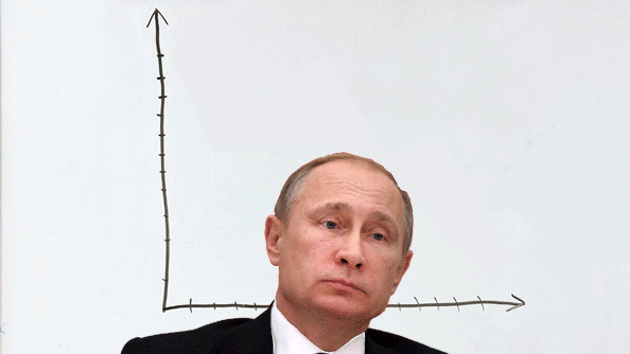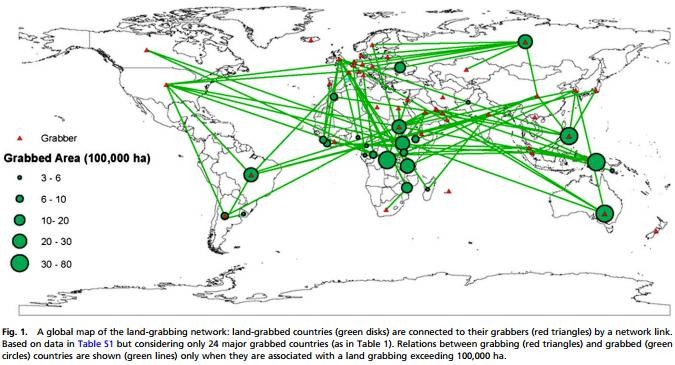Investing in Russia Here s What Foreigners Need to Know
Post on: 13 Июнь, 2015 No Comment

By David Waring on Mar 14, 2013 11:14:42 GMT
Russia may not be at the top of your list when it comes to emerging economies. Often overlooked by fast rising stars like Brazil and China, Russia is sometimes seen as a bit of a lame duck by comparison.
But some of the largest and most sophisticated investors in the world, including PIMCO’s Emerging Market Fund (EQS) are overweight Russian stocks, whilst being underweight Brazilian and Chinese stocks. So assuming they know something you don’t, how can you get in on the action?
Trading Russian Stocks
Stocks in Russia are traded on the Russian Trading System (RTS) which was developed in 1995 and based on the NASDAQ’s trading and settlement software. Stocks listed on RTS can be traded over the internet and there are no restrictions on who can own them.
The RTS Exchange publishes 9 indexes: RTS Index, RTS-2 Index, and 7 sectoral indexes. The RTS Index and the RTS-2 Index are calculated using two different lists of stocks.
RTS Index: RTSI, the official Exchange indicator, was first calculated on September 1, 1995, and is similar to the Dow Jones Average in New York.
RTSI is computed every thirty-minutes using real-time prices of the 50 most liquid Russian stocks and is relayed to the RTS Website. The constituent list of stocks is reviewed every 3 months.
RTS-2 Index: Is based on a list of 69 second-tier stocks.
If you look at the historical performance between 1988-2008, the RTS is the best performing stock exchange in the world, even after adjusting for currency effects.
As always when investing in foreign countries, you need to do your homework. Russian regulatory requirements and accounting standards are well below those in the west; and there are tax issues to take into consideration as well. So make sure you talk to an accountant before you invest directly.
ADRs
There’s another way you can trade Russian stocks and avoid the tax issue altogether, and thats by trading American Depository Receipts (ADRs).
ADRs are Russian stocks listed on U.S. exchanges and trading in U.S. dollars. You simply trade ADRs like you would any other U.S. stock.
Typically a single ADR represents a small number of shares in the underlying Russian company. This is simply to bring the price of the stock up to a respectable level (typically around $20.00) and avoid any negative connotations which are associated with penny stocks.
ADRs are available in a number of large cap Russian companies, trading across multiple sectors. But again, make sure you do your homework before you invest.
Mutual Funds and ETFs
By far the easiest and safest way to invest in Russian stocks is to buy Mutual Funds or ETFs. Since these are traded on U.S. exchanges, investors can avoid the complexities and risks associated with investing directly.
There are a number of ETFs traded on U.S. exchanges, covering most of the major sectors. We’ve listed some of the most popular ones below.
Market Vectors Russia ETF (NYSE: RSX). This fund is a rules-based, modified market capitalization-weighted, float-adjusted index intended to give investors exposure to Russia.
MSCI Russia Capped Index Fund (NYSE: ERUS). The index is a free-float adjusted market capitalization weighted index designed to measure the performance of equity securities in the top 85% of market capitalization of equity securities listed on stock exchanges in Russia.
SPDR S&P Russia ETF (NYSE: RBL). The S&P Russia Capped Index is a float adjusted market cap index designed to define and measure the investable universe of publicly-traded companies domiciled in Russia.
This is just a small selection of Russia based ETFs. You can find a full list of ETFs with interests in Russia here .
Mutual Funds
JPMorgan Russia Fund Class A (JRUAX): This mutual fund seeks long-term capital growth. The fund invests at least 80% of its assets in equity securities of Russian companies. It may invest in securities denominated in U.S. dollars, major reserve currencies and currencies of other countries in which it can invest.
Problems Facing the Russian Economy
Like any BRIC economy, Russias Economy has its fair share of problems. Before investing you need to evaluate the risks before committing capital. So what economic problems are facing the Russian economy ?
Commodities Dependent

Russia remains heavily dependent on oil and gas exports. More than 80% of Russia’s exports are primary commodities. This leaves Russia at the mercy of global oil prices, a major fall in crude oil prices for instance, could literally plunge Russia into a recession.
If Russia is to truly prosper it needs to develop a more balanced economy. This is becoming more and more apparent as Russia’s oil production is becoming more expensive. Russia has some of the largest oil reserves in the world, but most it is in inhospitable, environmentally sensitive areas, which makes extraction expensive.
Ageing Population
Russia not only has an aging population, but also one of the lowest life expectancies of any European economy. Average life expectancy for a Russian male is just 67.88 years, compared to 77.97 years for the U.S. and 77.4 years for the E.U.
This rather macabre statistic means Russia’s population is actually shrinking, not growing like most BRIC economies. This so called “demographic trap” will stall the long term growth of the economy, and it’s not an easy problem to solve.
Poor Investment Climate
Foreign investment typically makes up around 25-30% of a developing economies GDP, but in Russia it only accounts for 22%. This is largely down to an antiquated banking systems and a hostile political environment.
In order to encourage foreign investment, political reform needs to take place and the banking structure needs to be modernized. They are making progress on the later, but with Putin in power until 2018 the former may take a little longer.
Corruption
You can’t talk about Russia without talking about corruption. State Racketeering and a weak rule of law are detrimental to Russia’s long term prospects.
In order to transform into a fully developed economy, Russia needs better law enforcement, stronger protection of property rights and an independent judiciary. These changes will also help to encourage foreign investment, which Russia badly needs if it is to prosper in the next century.
Should You Invest?
Reading the above you may be thinking Russia is a risk too far, but try not to be too discouraged. For sure there are risks involved investing in modern Russia; the economy is heavily reliant on commodities and the political situation is far from secure.
But the potential gains more than make up for that risk. If the oil price remains high, and it seems likely it will, Russia should continue to provide healthy returns for the next decade.
Certainly this is not a place to put your life savings or retirement fund. But if you’re prepared to stomach the risk, you could make a sizeable return on your investment. Just remember that Russia is heavily dependent on oil and gas exports, so a collapse in the oil price could spell trouble.














